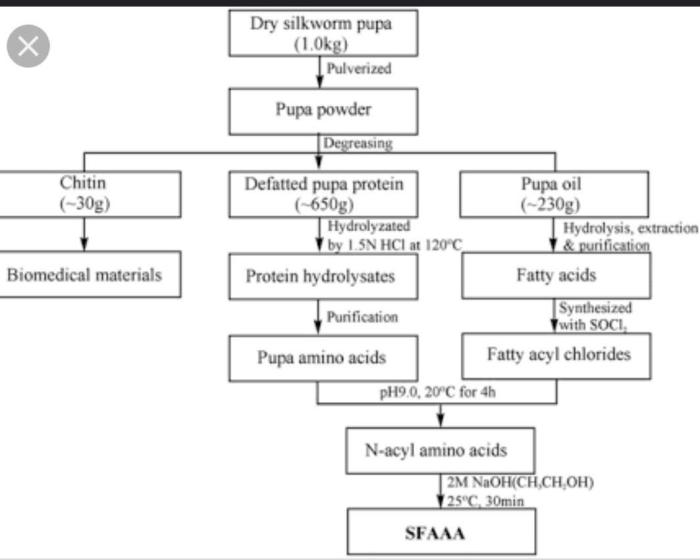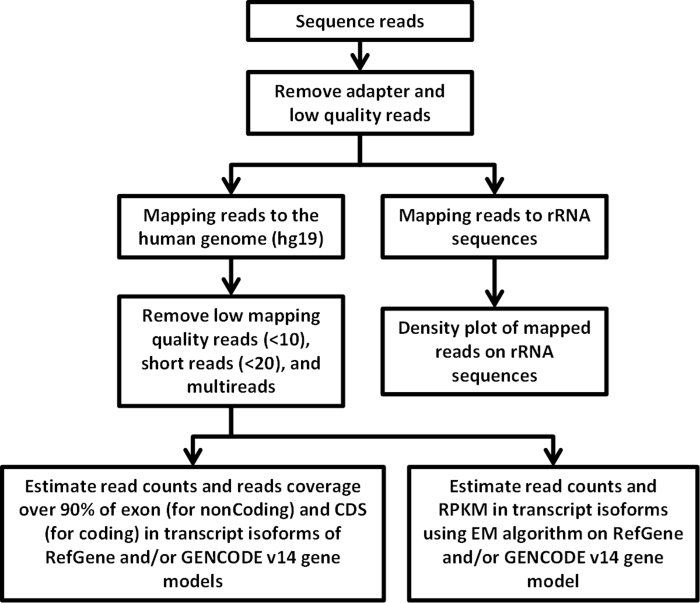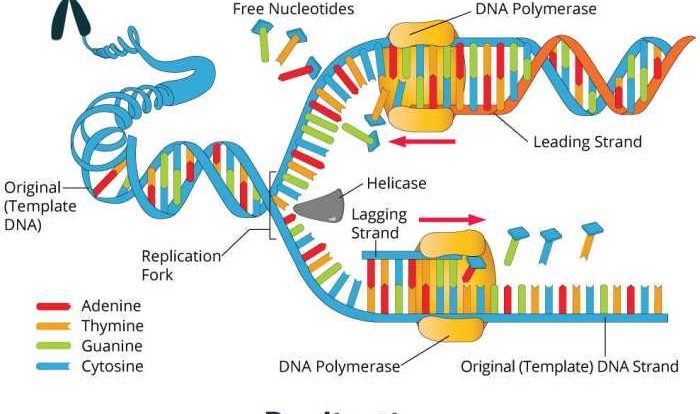Protein synthesis flow chart answers provide a structured overview of the intricate process of protein synthesis, offering a comprehensive understanding of the steps involved, the molecules participating, and the factors regulating this essential cellular function.
Delving into the specifics, protein synthesis encompasses transcription, translation, and post-translational modifications, each stage meticulously orchestrated to ensure the accurate production of proteins vital for cellular functions.
Define Protein Synthesis
Protein synthesis is the process by which cells create proteins. Proteins are essential for life, as they are involved in a wide range of cellular functions, including metabolism, growth, and repair.
The process of protein synthesis begins with the transcription of DNA into RNA. The RNA is then translated into a protein by a ribosome. The ribosome reads the RNA sequence and assembles the corresponding amino acids into a protein chain.
Importance of Protein Synthesis
Protein synthesis is essential for the growth and repair of cells. Proteins are also involved in a wide range of cellular functions, including:
- Metabolism
- Transport
- Signaling
- Immune response
Without protein synthesis, cells would not be able to function properly and would eventually die.
Steps of Protein Synthesis

Protein synthesis is the process by which cells create proteins. It is a complex process that involves many steps, each of which is essential for the production of a functional protein.
The major steps of protein synthesis are:
- Transcription
- Translation
- Protein folding
Transcription
Transcription is the process of copying the genetic information from DNA into RNA. This process takes place in the nucleus of the cell and is carried out by an enzyme called RNA polymerase.
The RNA polymerase binds to a specific region of DNA called the promoter. It then moves along the DNA strand, synthesizing a complementary RNA molecule. The RNA molecule is called messenger RNA (mRNA) because it carries the genetic information from the DNA to the ribosome, where protein synthesis takes place.
Translation
Translation is the process of converting the genetic information in mRNA into a protein. This process takes place in the cytoplasm of the cell and is carried out by a complex of proteins called the ribosome.
The ribosome binds to the mRNA and moves along the molecule, reading the genetic code three nucleotides at a time. Each three-nucleotide sequence is called a codon. The codon specifies which amino acid will be added to the growing protein chain.
The amino acids are brought to the ribosome by transfer RNA (tRNA) molecules. Each tRNA molecule has an anticodon that is complementary to a specific codon on the mRNA. The tRNA molecule binds to the mRNA and transfers its amino acid to the growing protein chain.
Protein Folding
Once the protein chain is complete, it must fold into a specific three-dimensional structure. This process is called protein folding. Protein folding is essential for the protein to function properly.
There are many factors that can affect protein folding, including the amino acid sequence, the environment, and the presence of chaperone proteins. Chaperone proteins are proteins that help other proteins to fold correctly.
Flow Chart Representation
To provide a comprehensive overview of the steps involved in protein synthesis, we present a flow chart that visually illustrates the process.
The flow chart utilizes arrows to indicate the direction of the process and employs clear and concise labels to describe each step, allowing for easy comprehension.
Flow Chart
The flow chart of protein synthesis consists of the following steps:
- Transcription: DNA is transcribed into mRNA in the nucleus.
- mRNA Processing: mRNA undergoes processing, including capping, splicing, and polyadenylation.
- Transport to Cytoplasm: Processed mRNA is transported out of the nucleus into the cytoplasm.
- Translation: mRNA is translated into a polypeptide chain on ribosomes.
- Folding and Modification: The polypeptide chain folds into its functional shape and undergoes post-translational modifications.
- Transport to Destination: The folded protein is transported to its final destination within the cell.
This flow chart serves as a valuable tool for understanding the sequential nature of protein synthesis, providing a concise and visually appealing representation of the process.
Regulation of Protein Synthesis

Protein synthesis is a tightly regulated process that ensures the production of the correct proteins at the right time and in the right amount. Several factors regulate protein synthesis, including:
- Gene expression
- Transcription
- Translation
Gene Expression
Gene expression refers to the process by which the information encoded in a gene is used to direct the synthesis of a protein. Gene expression is regulated by a variety of factors, including:
- Transcription factors
- Hormones
- Environmental cues
Transcription
Transcription is the process by which the DNA sequence of a gene is copied into a messenger RNA (mRNA) molecule. Transcription is regulated by a variety of factors, including:
- Transcription factors
- RNA polymerase
- Enhancers
Translation
Translation is the process by which the mRNA sequence is used to direct the synthesis of a protein. Translation is regulated by a variety of factors, including:
- Ribosomes
- Transfer RNA (tRNA)
- Initiation factors
- Elongation factors
- Termination factors
Applications of Protein Synthesis
Protein synthesis is a fundamental process in all living organisms, enabling the production of proteins essential for various cellular functions. Beyond its biological significance, protein synthesis has found diverse applications in various fields, offering potential benefits and challenges.
Biotechnology and Medicine
Protein synthesis plays a crucial role in biotechnology and medicine, enabling the production of therapeutic proteins, vaccines, and diagnostic tools. Recombinant DNA technology allows scientists to modify and express specific proteins in host organisms, such as bacteria or yeast. This has led to the development of:
- Therapeutic proteins:Insulin, growth hormones, and antibodies can be produced through protein synthesis for treating various diseases, including diabetes, growth disorders, and cancer.
- Vaccines:Viral and bacterial antigens can be synthesized and used to stimulate immune responses, protecting individuals from infectious diseases.
- Diagnostic tools:Enzymes and antibodies can be produced for use in diagnostic tests, such as ELISA and Western blotting, to detect specific molecules or pathogens.
Industrial Applications
Protein synthesis has industrial applications in various sectors, including:
- Food industry:Enzymes used in food processing, such as proteases and lipases, can be produced through protein synthesis, enhancing food quality and shelf life.
- Textile industry:Enzymes involved in textile production, such as cellulases and amylases, can be synthesized to improve fabric quality and reduce environmental impact.
- Biofuels:Enzymes used in biofuel production, such as cellulases and xylanases, can be synthesized to enhance the efficiency of biomass conversion.
Potential Benefits, Protein synthesis flow chart answers
- Precision medicine:Protein synthesis enables the production of personalized treatments based on an individual’s genetic profile.
- Improved crop yields:Genetically modified crops with enhanced protein content or resistance to pests and diseases can be developed through protein synthesis.
- Environmental sustainability:Protein synthesis can reduce reliance on animal-based products, promoting sustainability and reducing environmental impact.
Limitations
- Cost and complexity:Protein synthesis can be expensive and requires specialized expertise and infrastructure.
- Ethical concerns:The potential misuse of protein synthesis technology raises ethical concerns, such as the creation of genetically modified organisms or the production of harmful substances.
- Immunogenicity:Recombinant proteins may trigger immune responses, requiring careful design and purification to minimize adverse effects.
Troubleshooting Protein Synthesis

Protein synthesis is a complex process that can be affected by various factors. Troubleshooting common problems that occur during protein synthesis is crucial to ensure efficient and accurate protein production.
Some of the most common problems that can occur during protein synthesis include:
Translation Errors
- Incorrect amino acid incorporation:This can be caused by mutations in the tRNA genes or by the presence of non-cognate tRNAs.
- Frameshift mutations:These mutations can cause the ribosome to shift its reading frame, resulting in the production of a non-functional protein.
- Premature termination of translation:This can be caused by mutations in the stop codon or by the presence of premature stop codons.
Post-Translational Modifications
- Incorrect protein folding:This can be caused by mutations in the protein-coding gene or by the presence of chaperones that are not able to fold the protein correctly.
- Incorrect protein glycosylation:This can be caused by mutations in the glycosylation genes or by the presence of glycosyltransferases that are not able to add the correct sugar moieties to the protein.
- Incorrect protein phosphorylation:This can be caused by mutations in the phosphorylation genes or by the presence of kinases or phosphatases that are not able to phosphorylate or dephosphorylate the protein correctly.
Regulation of Protein Synthesis
- Overexpression of proteins:This can be caused by mutations in the promoter region of the gene or by the presence of transcription factors that are not able to repress the transcription of the gene.
- Underexpression of proteins:This can be caused by mutations in the promoter region of the gene or by the presence of transcription factors that are not able to activate the transcription of the gene.
- Degradation of proteins:This can be caused by mutations in the protein-coding gene or by the presence of proteases that are not able to degrade the protein correctly.
By understanding the common problems that can occur during protein synthesis and their potential causes, researchers can develop strategies to troubleshoot these problems and ensure the efficient and accurate production of proteins.
General Inquiries: Protein Synthesis Flow Chart Answers
What is the significance of protein synthesis?
Protein synthesis is crucial for cells to produce the proteins they require for various functions, including structural support, enzymatic reactions, and cellular signaling.
How does transcription initiate protein synthesis?
Transcription initiates protein synthesis by generating messenger RNA (mRNA) molecules that carry the genetic information from DNA to the ribosomes, where translation occurs.
What role do ribosomes play in protein synthesis?
Ribosomes are the cellular machinery responsible for translating mRNA into a chain of amino acids, forming the polypeptide that constitutes the protein.
How is protein synthesis regulated?
Protein synthesis is regulated by various factors, including gene expression, availability of amino acids, and cellular signaling pathways.
